Why these on-trend accessories are much easier than they look
We love shawls here! When new knitters think of shawls, they often think of a supersized project with such intricate lacework that it seems impossible. But actually, that’s just the tip of the iceberg. There are some fabulous designs out there and some of them don’t have a single eyelet! We’re here to show you that, whatever your skill level, you really can knit a beautiful shawl.
What is a shawl?
The word shawl is sometimes used interchangeably with scarf, stole or wrap, but they tend to be simple rectangles. When we say shawl, we mean shaped accessories that hug your shoulders. They’re usually variations on a triangle, but can also be asymmetrical or a different shape entirely.
Why we love them!
Shawls are the perfect accessory for the unpredictable British weather, and they’re just so marvellously versatile. A sweet little shawlette can be worn like a scarf or neatly draped across your shoulders, while a stunning lacework shawl looks fabulous paired with your favourite frock for a special occasion. Shawls are great for layering when the chills set in and as they’re often worked in a fine yarn like a laceweight or 4ply, they don’t have the bulk of a chunky scarf.
There are so many design possibilities with shawls, too, and not just in terms of basic shape. You can use an all-over lace pattern to make a bold statement or go for the less is more approach, like LK designer Julie Ferguson has done in this beautiful shawl. It’s mostly worked in stocking stitch but has a pretty lace edging.
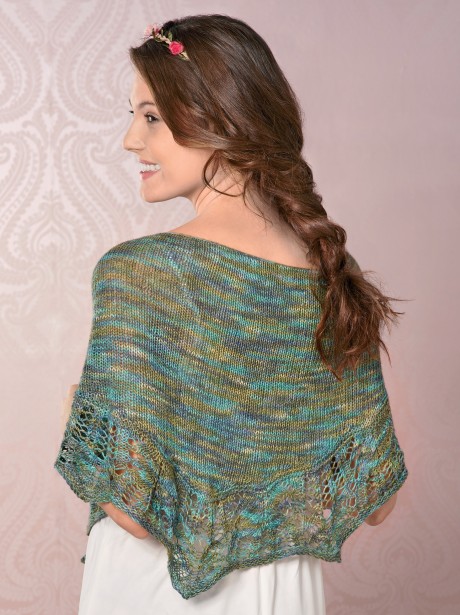
Play around with colour and experiment with the effects of self-patterning yarn. That’s what Julie did in her Head Over Heels shawl. Click here to download the pattern!
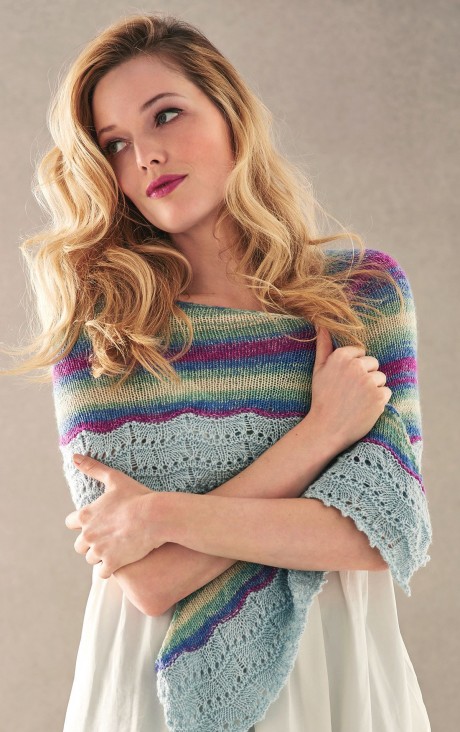
The needles
Even though shawls are usually worked rows, you will probably require a circular needle. That’s because you’re going to be working a lot of increases and your final stitch count could be in the hundreds! Using a circular needle means you won’t have to squash your knitting to make it fit on your needle. Simply treat one tip as your left needle and the other tip as the right needle and knit as normal, turning the work at the end of each row.
The construction
When you look at a triangular-based shawl, the cast-on row sits in the centre of the top edge. You begin with just a few cast-on stitches then work from the top down and use increases to create the shape. These increases often sit at the outer edges and on either side of the centre, making the fabric fan out to eventually create your top edge. The cast-off row runs along the diagonal edges.
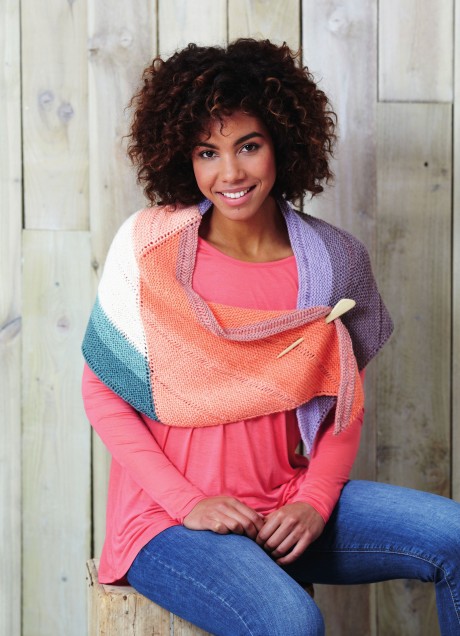
Sirdar Colourwheel, leaflet 8033
The stitches
Here’s a run-down of your key stitches:
Knit and purl
Shawls often use stocking stitch or garter stitch as a base, then add detail using colour or lace motifs.
Yfwd
The yarn forward increase, also known as a yarn over, is used a lot in shawl knitting. When paired with a decrease it creates a deliberate hole or eyelet, which forms a lace pattern. It is also used to increase at each end of the row to give you the overall shape of your shawl.
K2tog
This is a classic decrease which turns two stitches into one. It leans to the right and is used to help shape the motifs in more detailed lace patterns.
Skpo or ssk or k2tog tbl
These three techniques all decrease by one stitch, but they slant to the left and are also good for creating neat and professional-looking shaping.
Sl 1, k2tog, psso
This is worked in a similar way to skpo but decreases two stitches instead of one. This doesn’t lean in any direction and is also known as a ‘central double decrease’.
Use a lifeline!
Even the most experienced of shawl knitters can go wrong sometimes, so it’s a really good idea to use a lifeline. This is a contrasting length of yarn that is threaded through your stitches after a correct section of the pattern. If you make a mistake, you can just remove your needle and unravel the yarn back to this lifeline, rather than having to start all over again. This is also a useful tip for when you’re knitting garments or other detailed projects. Just remember to keep moving your lifeline after every correct repeat of the pattern.
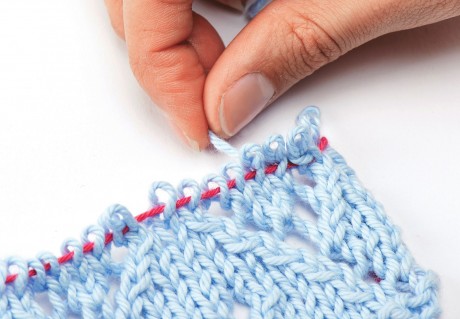
Mark the spot
Shawls are usually made up of edge stitches and a repeating pattern, whether it’s an intricate lace design or a textured effect that alternates between knit and purl stitches. It really helps to place stitch markers between the repeats as you will be able to see how the pattern fits together and keep count of your stitches more easily.
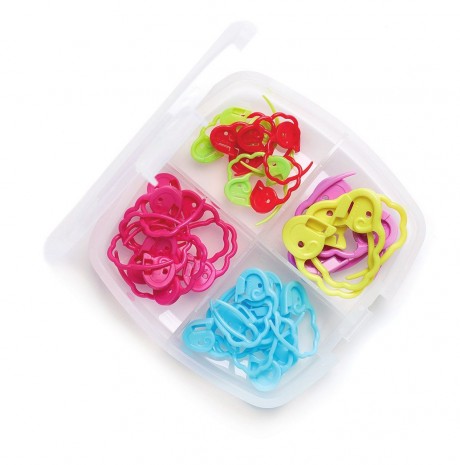
Keep it loose
When you come to casting off your shawl, it is really important to keep the edge as stretchy as you can. You could go up a needle size and knit loosely or you could opt for a stretchy cast-off method. One technique involves knitting two stitches together, then returning the new stitch to the left needle. This is repeated across the final row and keeps the edge nice and loose.
Don’t forget to block!
After you have cast-off any project, we recommend blocking it. This is a useful technique that helps even out your stitches and gives your work a professional-looking finish. It’s particularly handy for lacy shawl patterns as your stitches tend to get scrunched while you knit. Use a plant mister to dampen your shawl, then pin it out on a towel until it reaches the measurements given in the pattern. Once dry, it’s ready to wear with pride!
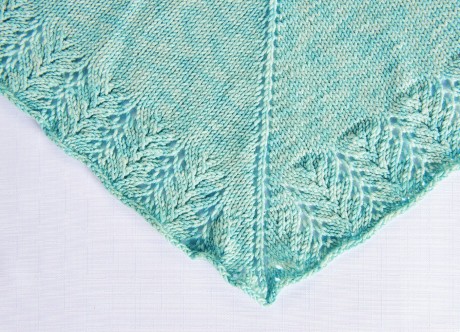
LEARN TO KNIT A PLEATED SHAWL WITH OUR STEP-BY-STEP PATTERN!
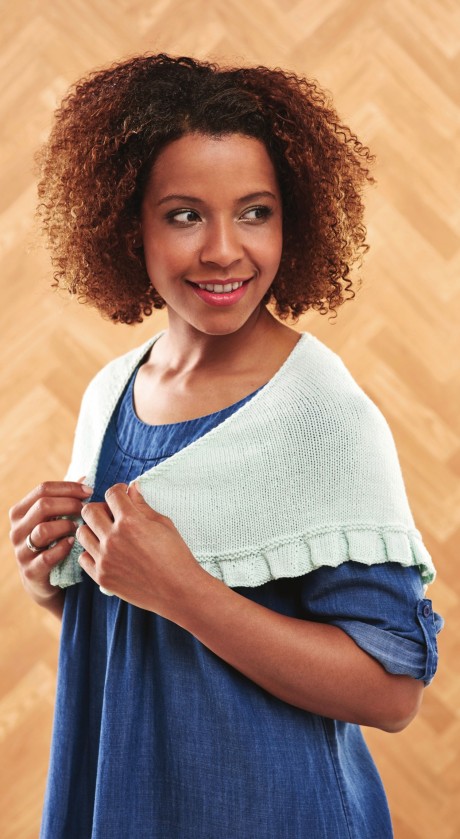



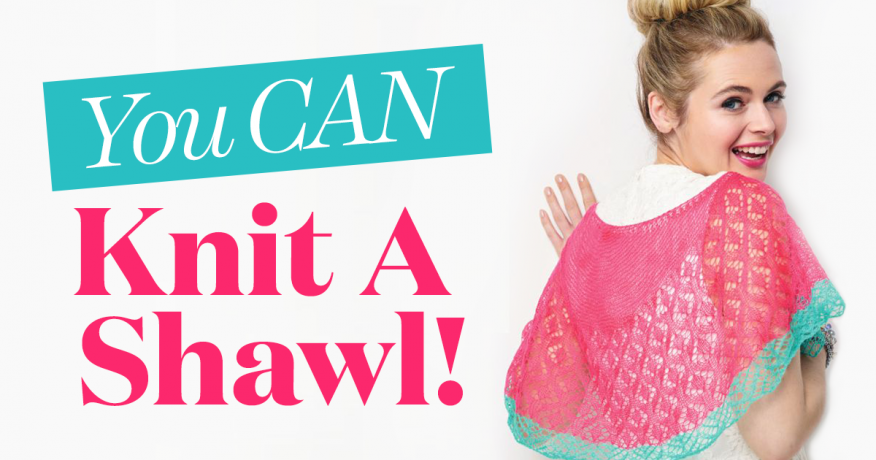
_333_180_c1.png)

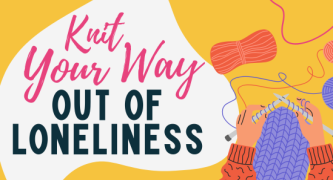
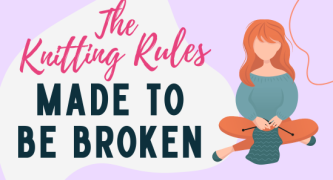
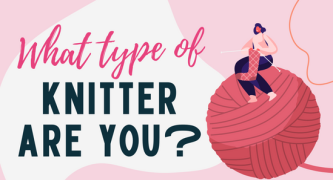

 Baby
Baby
 Toys
Toys
 Garments
Garments
 Crochet
Crochet
 Homewares
Homewares
 Dolls
Dolls









Share